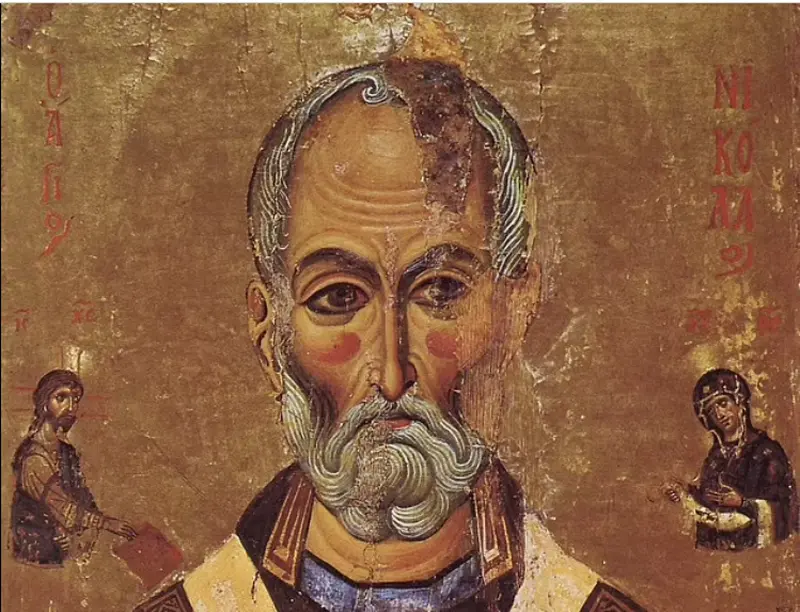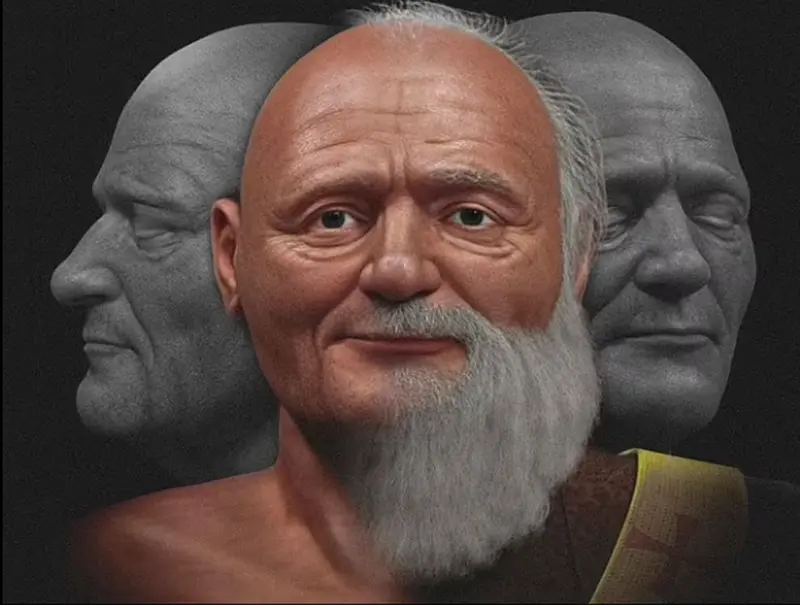Researchers led by designer Cicero Moraes have reconstructed the face of the man who inspired various cultures to create the mythical character that brings gifts on Christmas .
Cícero Moraes is a Brazilian 3D designer known for his computer reconstructions using forensic advancements. As a result of the colossal work of his team, it has become known what the real prototype of our Saint Nicholas, the Dutch Sinterklaas, and the American Santa Claus looked like.
Saint Nicholas of Myra was a Christian bishop in the city of Myra in Lycia, located in present-day Turkey, during his lifetime (270-343 AD).

José Luis Lira, a co-author of the study who is knowledgeable about saints, noted: “He was described as an old man who punished disobedient children and rewarded those who behaved well with gifts. The image of Santa Claus as we know him today is based on an illustration by Thomas Nast for Harper’s Weekly in early 1863.”
No lifetime images of Saint Nicholas have survived. To recreate the image of the kind Christmas grandfather, experts used the remains, including the skull, of Saint Nicholas of Myra and descriptions of his deeds.
What did the scientists talk about?
Mr. Moraes noted that this face it expressed strength and kindness. And this is strangely compatible with the broad face described in the poem from 1823 “A Visit from St. Nicholas,” attributed to Clement Clarke Moore.
According to the lead author of the project, the dimensions of the saint’s face are larger than average along the horizontal axis.
To reconstruct it, Mr. Moraes and his team studied data collected in the 1950s by Luigi Martino with the permission of the Centro Studi Nicolaiani, which researches the figure of Saint Nicholas. Using this data, the experts primarily created 3D model skulls. Then they “sculpted” the faces using statistical projections, the publication reported. Daily Mail .

“We used the method of anatomical deformation, where the tomography of a living person’s head is adjusted so that the skull of the virtual donor matches the skull of the saint. The final face is an interpolation of all this information aimed at achieving anatomical and statistical consistency,” said Cicero Moraes.
In the end, two sets of images were created. The first set – “objective” – is in shades of gray, while the second set – artistic – includes added details such as a beard and clothing.

However, the remains of the saint revealed not only the features of his face. “He probably suffered from severe chronic arthritis of the spine and pelvis, and his skull had thickened bones, which could have caused frequent headaches,” said Cicero Moraes. According to him, Saint Nicholas’s diet mainly consisted of plant-based food.
His remains are currently kept in the city of Bari in southern Italy. The results of the research were published by the journal OrtogOnLineMag.
